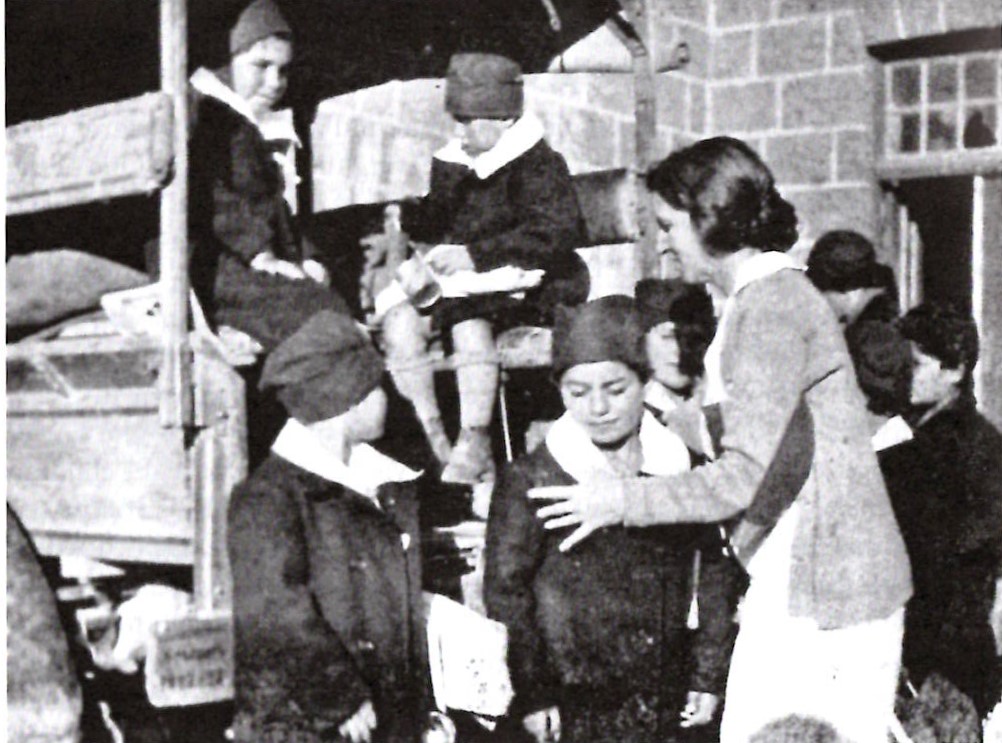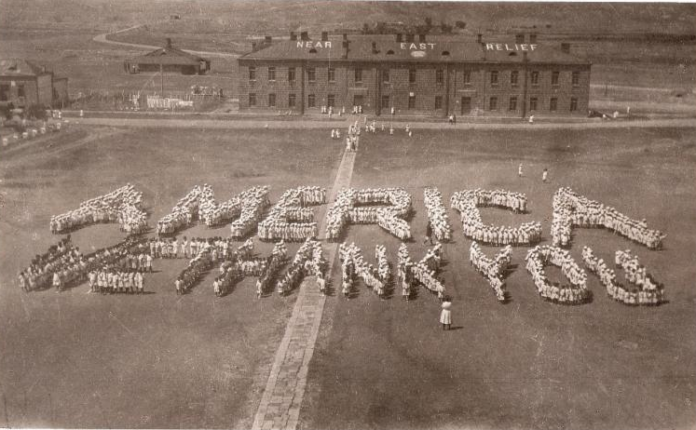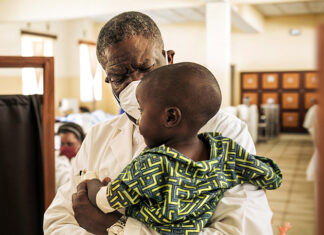By Aram Arkun, Mirror-Spectator Staff
The destruction of the Armenian Genocide manifested itself in countless ways. One was the huge number of children left orphaned. The largest orphanage in the world at that time was created as a result. In 2016, after nearly a century, Nora N. Nercessian published the first monographic study of this orphanage: The City of Orphans: Relief Workers, Commissars and the “Builders of the New Armenia,” Alexandropol/Leninakan 1919-1931, [Publ.: Hollis, New Hampshire].
This fittingly massive volume of 613 large-size pages includes, in addition to the text, a bibliography, endnotes, an incomplete but long list of the orphans in Alexandropol including over 11,500 names, with their places and dates of birth, and an incomplete listing of the American and Armenian employees of the orphanage. As a bonus, Nercessian has published for the first time the diary of an anonymous American female relief worker who was in Armenia from April 1919 to May 1920. The original manuscript is in the collection of the Genocide Museum and Institute in Armenia.

The book opens with the transformation of the Russian military barracks in Alexandropol into an orphanage in 1919 after a seven-month Turkish occupation of the city. An influx of orphans into Eastern Armenia had begun in late 1914 and accelerated over the following years. After World War I, the newborn and beleaguered Republic of Armenia, without the means to take care of all the refugees and orphans who had flooded into its territory, signed an agreement with the American Committee for Relief in the Near East (ACRNE, renamed Near East Relief in August 1919) allowing the latter to care for Armenia’s orphans starting on May 1, 1919. By 1920, it was decided to concentrate the Armenian orphans primarily in Alexandropol because of the availability of the former Russian barracks, convenient railroad access and a successful receiving hospital already set up.
Nercessian writes, “a special effort has been made in the present volume to bring into a single narrative context the voices of American relief workers and administrators, Armenian teachers and managers, and, the orphans themselves.” Indeed, she successfully switches back and forth between these sources to give a broad view of various aspects of life in the orphanage.
She presents the tug of war between the financially impoverished governments of Armenia forced to surrender the upbringing of their orphans to a foreign organization but still desiring as much control as possible over the content of the education the children would be given. The Near East Relief (NER) wanted to produce youth in the American mold, with minimal interference, whereas the Republic of Armenia was concerned about the Armenian nature of their upbringing, as well as problems in the attitude of particular teachers. In turn, the Soviet regime had ideological differences with the Americans. Disagreements between the NER administrators and the government of the Republic of Armenia, and its Soviet successor, are presented through documents and memoirs.









